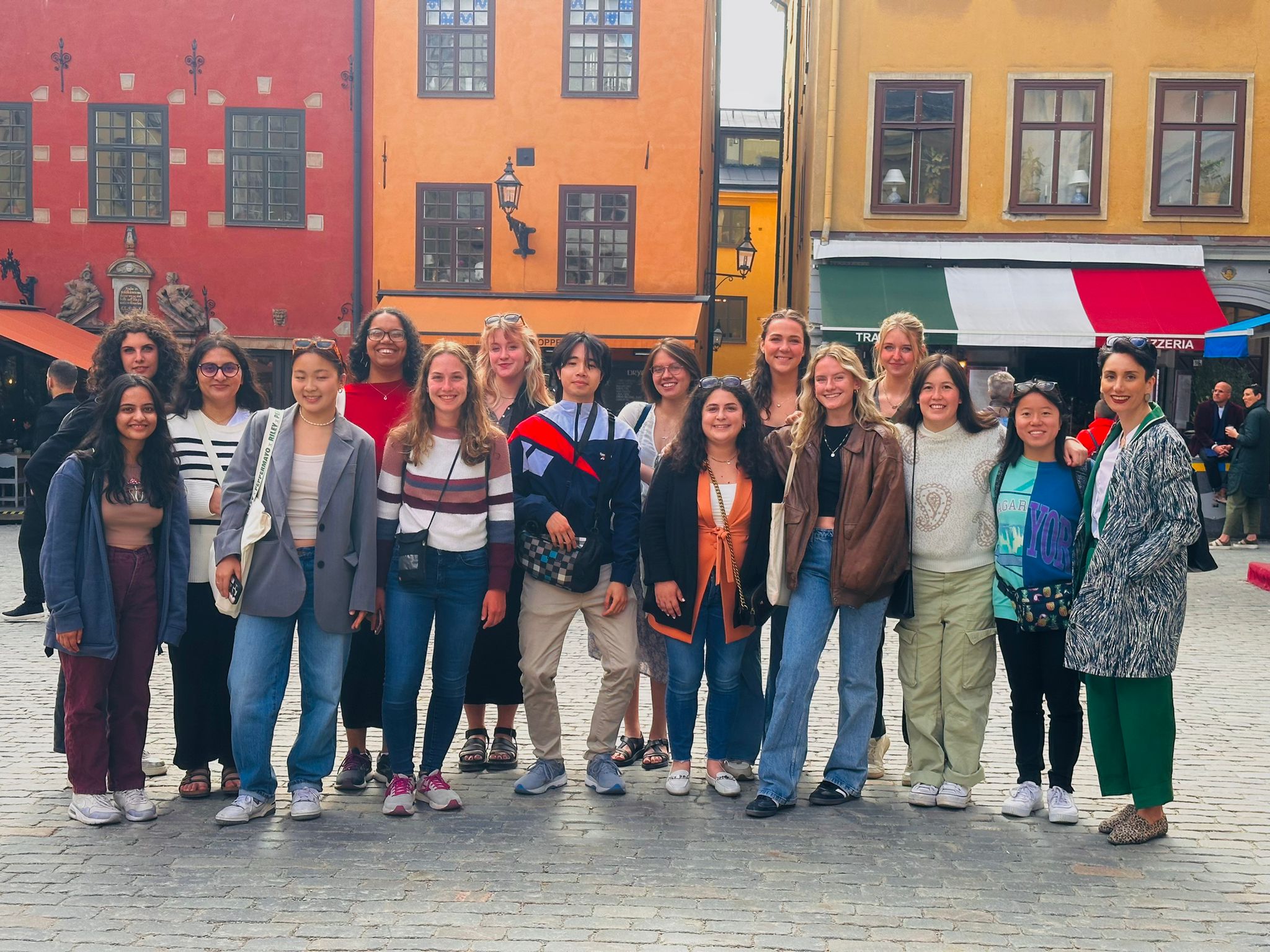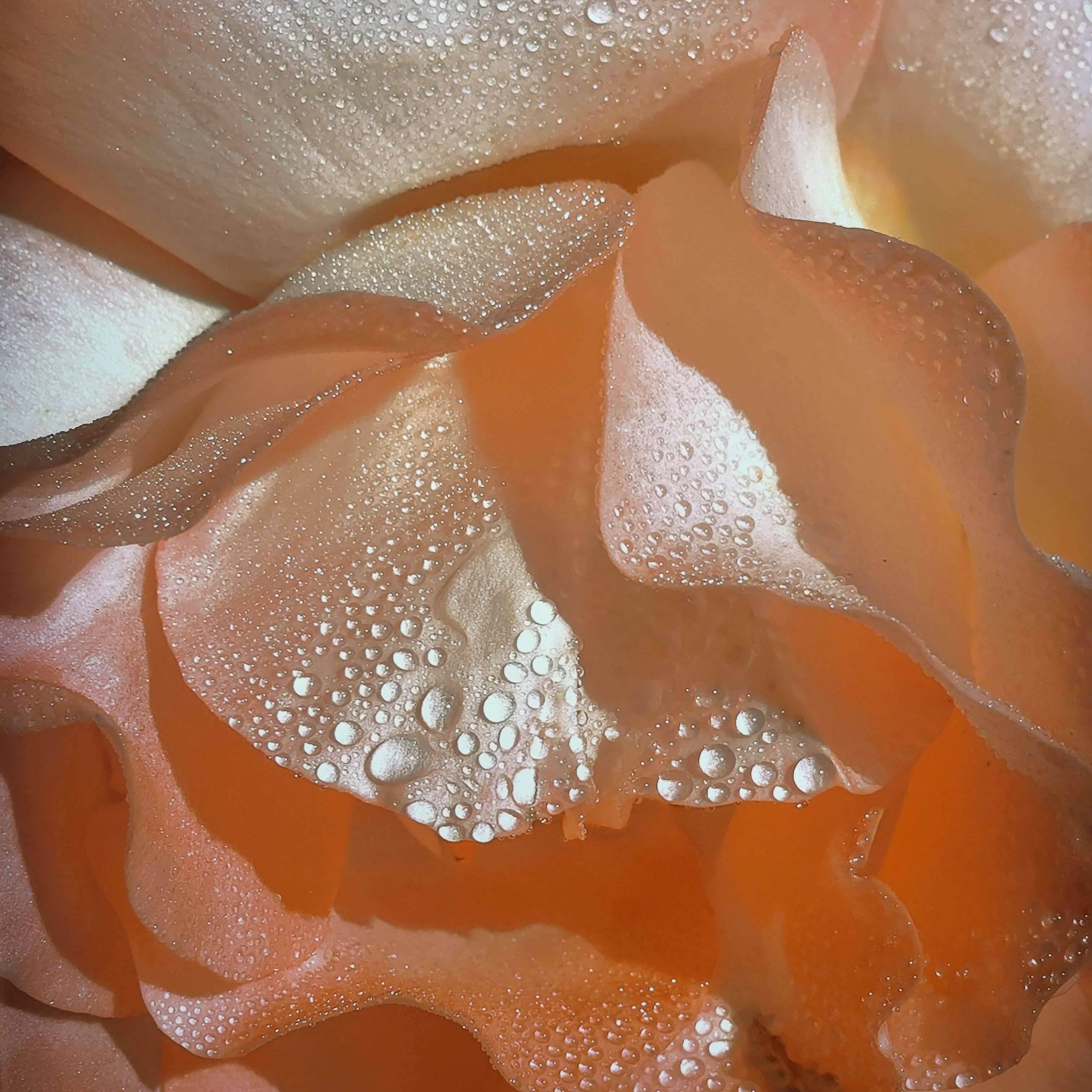
Experiences at the Nobel Prize Museum and Fotografiska
Majors
Regions
Within my first class, Neuroscience of Emotion in Stockholm, we had field studies to the Nobel Prize Museum and Fotografiska (a photography art museum). We had reflections to complete after our experiences, so I wanted to share my thoughts!
Nobel Prize Museum:
“I enjoyed my experience at the Nobel Prize Museum. My roommates had gone without me before, and they told me they didn’t like it, but I thought it was fascinating. Maybe having a tour guide was helpful, but I enjoy any museum. Like someone said in class, if there is enough passion, hearing and learning about anything is interesting.
Here are things I learned from the Museum itself/our tour guide :
-You can’t get a Nobel Prize if you are dead (I personally think that’s an odd criterion)
-The common criterion for winning a Nobel Prize is that your discovery/cause has to be the benefit of mankind. But how exactly do you judge that?
-Everyone who wins a prize is somewhat controversial, but I suppose you can’t make history without making some waves. However, they do not take away prizes if the discover/cause ended up becoming outdated or if the winner became “evil”
-Out of all the winners, only about 6% are women
Things that I was curious about while strolling around in the museum:
-If I won a prize, what would I leave behind as my donated personal item to the museum?
-How many winners actually sought out to win a Nobel Prize as their ultimate goal? I’m guessing not many because in my opinion, if you are trying to promote a cause/make a discovering that all humankind can benefit from, you wouldn’t be doing it for a Prize, but one of our classmates that I was talking to said that someone did take their own life because they didn’t win a Prize. I don’t know how true that is, but if that is the case, that might mean there are people whose life goal is to win a Prize.
One thing that I like about the museum itself is that it promotes personal discovery in whatever discipline inspires you. Well, maybe not every discipline as the only “art” category is literature, but I think being curious and willing to ask questions is an integral part of learning. And there is no end to learning.
In regards to the AVAWAVES concert, I really enjoyed it! I do listen to contemporary classical music from time to time, but I could tell how much passion Anna and Aisling have for themselves, their craft, and each other. I think that’s the best thing about live music. I don’t remember the feeling I had for each individual song, but I felt like I was in a movie, having a main character moment. I know the songs nearing the end of the concert, I remember feeling melancholy and also hopeful at the same time, like a new beginning. I think the visual of the lights helped Anna and Aisling attempt to convey what they wanted us to feel because certain colors can attempt to elicit certain emotions. But I think the emotion Anna and Aisling put in their music was necessary for the audience to also feel such passion.”
*Some extra context- We had discussed in class (the day before) how music can elicit emotions and how different people can experience different emotions from the same song. To simulate this, we listened to “Waves” by AVAWAVES, and each person described one emotion that they felt during the song. During the concert itself at the Nobel Prize Museum, you could feel the passion that Anna and Aisling (the artists) pour into their music which aids the audience to feel a variety of emotions
Fotografiska:
“I think our trip to Fotografiska exceeded any expectations I could have had. Strolling through the exhibits, I could feel all the hard work and love the artists had for their compositions. And though that work and love, the artists were able to convey to me the emotions they wanted me to feel and elicit my organic emotions. All the exhibits were mesmerizing in their own way. “In Bloom” reminded me of growth, life and death, and how beautiful the world is and that I’m thankful to be in it. “I See Home In You” filled my body with love as the connections of the artist’s mother and sisters reminded me of the relationship I have with my mother and sister. “Santa Barbara” made me feel melancholy, grief, bittersweet, and the love that blooms when you make sacrifices. I was also reminded of the sacrifices my own mother has made to make her children’s future not be her present. “Kortex” was mind-boggling and reminded me of flexibility and to expect the unexpected.
My experience in Fotografiska reminded me that our emotions to each other are interconnected. We reviewed in class that recognizing facial expressions with context helps us to be empathetic to one another. Art, through any media of choice throughout history, can connect us as humans through emotions and help us be more empathetic.
I took some time for our challenge question at the beginning of exploring Fotografiska: If you were to feel only one emotion for the rest of you life, what emotion would you choose? I would choose ‘contentment’. If things went awry or if I didn’t succeed the way I wanted to, I would be content with myself because I tried my best. Additionally, whenever it’s my time to leave this earthly life, I want to be content with my life and legacy”
Here is a Google Photos Album to view my experiences! However, I don’t think I did the art work justice with my phone camera– I tried though!
https://photos.app.goo.gl/XpkVW9YdnxfeVyTC9
May 2023

